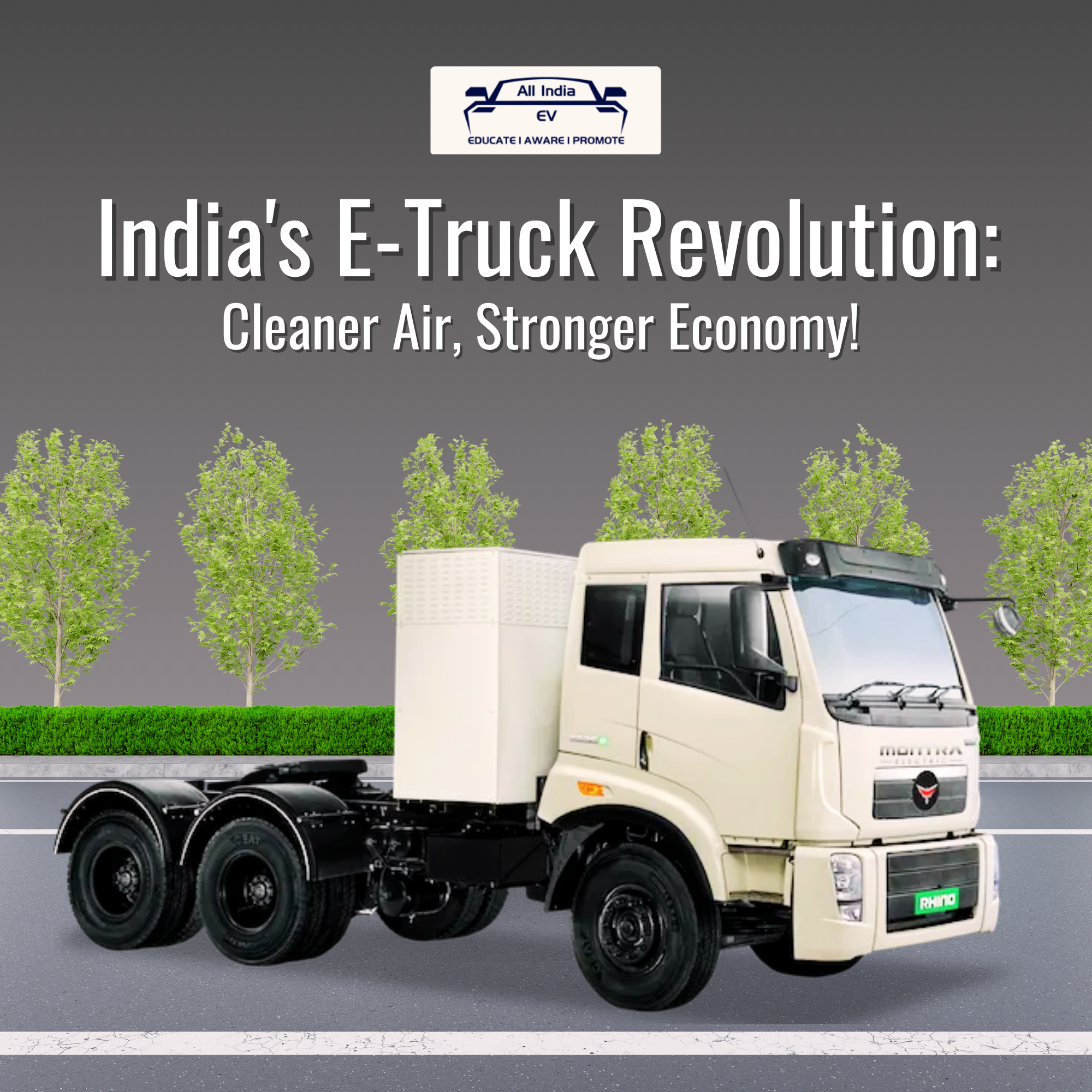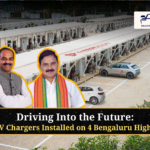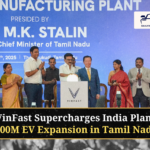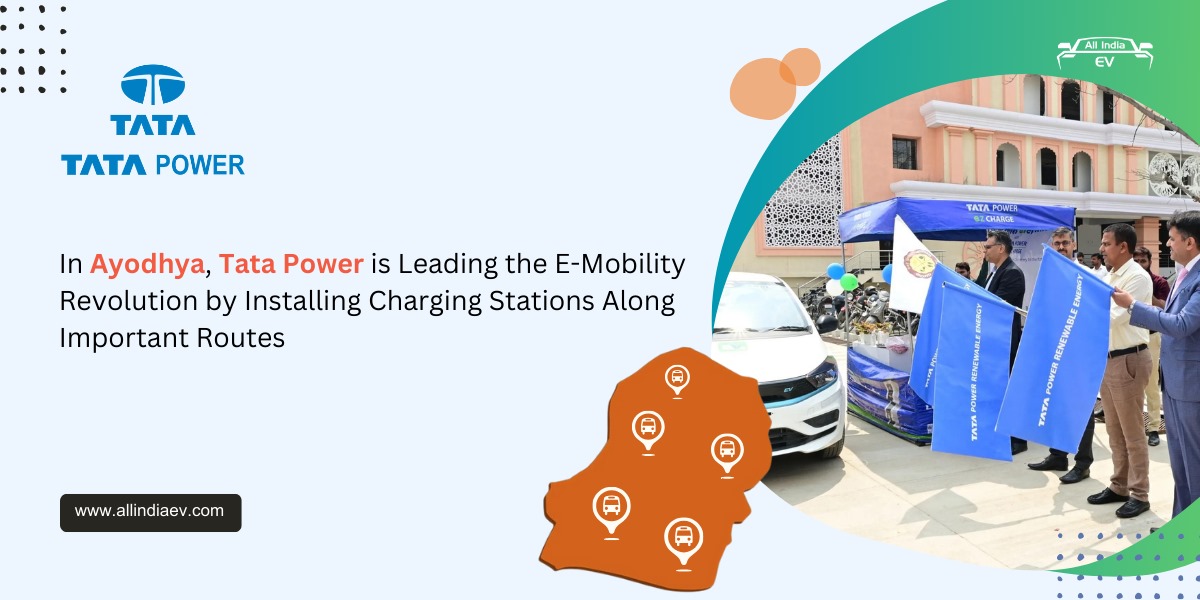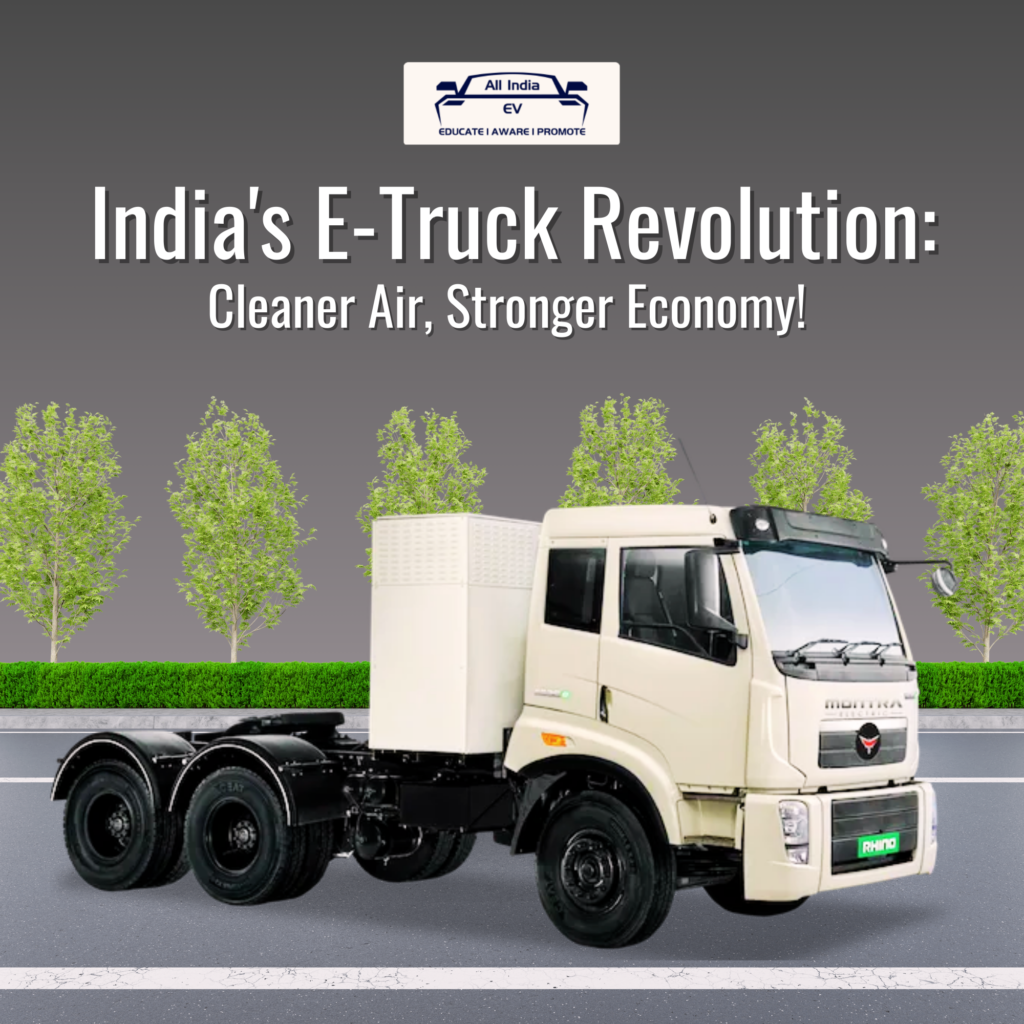
India’s E-Truck Incentive Scheme Is Key to Cutting Emissions and Costs—A Gamechanger for the Economy and the Environment Alike
- Key Highlights of the PM E-DRIVE Incentives for E-Trucks
- 1. Boosting Climate Action and Public Health
- 2. Driving Down Costs and Unlocking New Use Cases
- 3. Strengthening Make-in-India E-Truck Manufacturing
- 4. Improving Logistics Efficiency and Reducing Fuel Dependence
- What’s Next: Scaling the E-Truck Transition
- Conclusion: Leading the Charge in Sustainable Freight
In a landmark step toward decarbonizing the freight sector, the Government of India has officially included electric trucks (e-trucks) under its national subsidy framework. On July 11, 2025, the Ministry of Heavy Industries unveiled the much-anticipated guidelines under the PM Electric Drive Revolution in Innovative Vehicle Enhancement (PM E-DRIVE) scheme—marking the first time electric medium and heavy-duty trucks (MHDTs) are supported by targeted central incentives.
This scheme is poised to be transformative for both the economy and the environment, with a total allocation of ₹500 crore, aimed at supporting the deployment of approximately 5,500 e-trucks across the country. The move is not only crucial to reduce India’s transport emissions but also to improve air quality and reduce operational costs across key freight corridors.
Key Highlights of the PM E-DRIVE Incentives for E-Trucks
- Eligibility: E-trucks with a gross vehicle weight of 3.5 tonnes and above.
- Subsidy Structure: Based on battery capacity (₹ per kWh), with incentives capped between ₹0.6 lakh and ₹0.7 lakh per vehicle depending on weight category.
- Objective: Accelerate the electrification of freight transport and support domestic e-truck manufacturing.
- Until now, national EV policies like FAME I and FAME II have largely prioritized electric two-wheelers, three-wheelers, and buses. The inclusion of electric freight vehicles signifies a paradigm shift that recognizes the vital role of goods movement in India’s transport ecosystem.
1. Boosting Climate Action and Public Health
E-trucks produce zero tailpipe emissions, making them essential in reducing air pollution in logistics hubs, ports, and industrial clusters. Life-cycle assessments suggest that e-trucks emit 17% to 37% less GHG emissions than diesel trucks—even on today’s energy grid. This figure improves dramatically to 85–88% when powered by renewable energy.
Cleaner freight corridors mean healthier air for communities living around major logistics hubs. The scheme supports India’s broader climate goal of achieving net-zero emissions by 2070 and could accelerate the adoption of 100% zero-emission trucks in new sales by mid-century.
2. Driving Down Costs and Unlocking New Use Cases
While e-trucks currently have a higher upfront cost—about 2 to 3.5 times that of diesel trucks—their lower fuel and maintenance expenses shrink the total cost of ownership gap to just 1.2–1.5 times. With the PM E-DRIVE subsidies, this becomes even more competitive.
Leading industrial sectors including cement and steel have already initiated pilot projects. Companies like JK Lakshmi Cement, UltraTech Cement, Tata Steel, and even Jawaharlal Nehru Port Trust (JNPT) are testing e-truck fleets for short-haul, closed-loop operations—creating models that could be scaled nationwide.
3. Strengthening Make-in-India E-Truck Manufacturing
The subsidy guidelines are aligned with the Phased Manufacturing Program (PMP), which promotes local production of battery packs, BMS, motors, HVAC systems, controllers, and converters. This ensures that India’s domestic EV supply chain is directly incentivized.
Together with the existing PLI schemes for automotive and battery cell manufacturing, this policy synergy can help India cement its place as a global leader in electric freight manufacturing. Already the world’s third-largest trucking market and seventh-largest truck exporter, India is now strategically positioned to lead in clean logistics innovation.
4. Improving Logistics Efficiency and Reducing Fuel Dependence
India’s logistics costs currently sit at 14% of GDP, much higher than the global average. With 70% of freight moved via road, high fuel costs have become a major burden. E-trucks offer a long-term solution by cutting fuel dependency and enhancing transport efficiency.
Moreover, MHDTs alone contribute to 40% of transport-related GHG emissions. Transitioning this segment to electric is both a climate necessity and an economic opportunity.
What’s Next: Scaling the E-Truck Transition
The PM E-DRIVE scheme lays a robust foundation, but scaling up will require coordinated action across several fronts:
- Nationwide charging infrastructure, especially at freight hubs and along highways.
- Affordable financing mechanisms for fleet operators and logistics firms.
- Regulatory clarity, including swift implementation of fuel-efficiency standards for MHDTs by the Bureau of Energy Efficiency.
Conclusion: Leading the Charge in Sustainable Freight
With targeted policy incentives, public-private collaboration, and investment in innovation, India’s e-truck revolution is no longer a distant goal—but a fast-approaching reality. This initiative is a crucial step toward an Atmanirbhar Bharat, offering cleaner air, reduced emissions, and enhanced economic resilience.
The question now is not whether India will electrify its trucking fleet, but how quickly it can lead the world in clean freight mobility.


